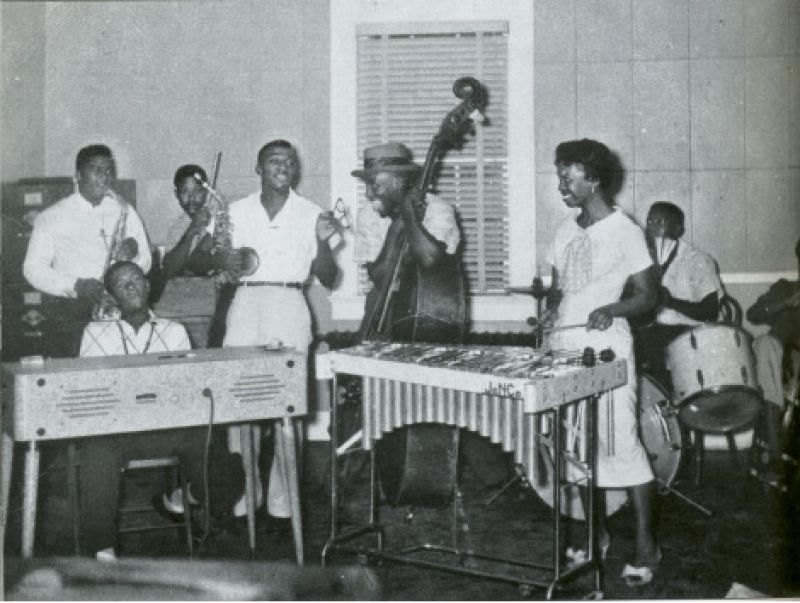
With its impressive lineage as a rollicking jazz town, Charleston has long been a contributor to America’s only indigenous art form. Venues such as Moulin Rogue, A Touch of Class, and Riverside Beach dominated the city’s musical scene in the 1950s and ’60s, showcasing acts like the Count Basie Orchestra, the Duke Ellington Orchestra, and Louis Armstrong, as well as local musicians George Kenny, Joey Morant, and Oscar Rivers. “This was Charleston’s heyday, with jazz everywhere,” says Charleston Jazz Initiative (CJI) codirector Jack McCray. “All types of people were going out for live music and dancing, creating a real thriving music community.”
And CJI is conducting exhaustive research to explore our state’s influence on that music and history. The project’s “Modern Jazz in Charleston: 1950-2000” conference next month at the Avery Research Center puts the iconic scene center stage. The annual program explores the musical history of the second half of the 20th century with a moderated “Conversation in Jazz” among club owners, musicians, producers, and photographers from the period. The public is invited to the event, which also includes live performances by CJI music director Quentin Baxter and an artist discussion with Dr. Marlene O’Bryant-Seabrook about the accompanying collection of original quilts, “Jazz! Art Quilts in Performance,” on display June 1 to July 31.
Avery Research Center, 125 Bull St. Saturday, June 6, artist discussion: noon, followed by roundtable discussion. www.charlestonjazz.net